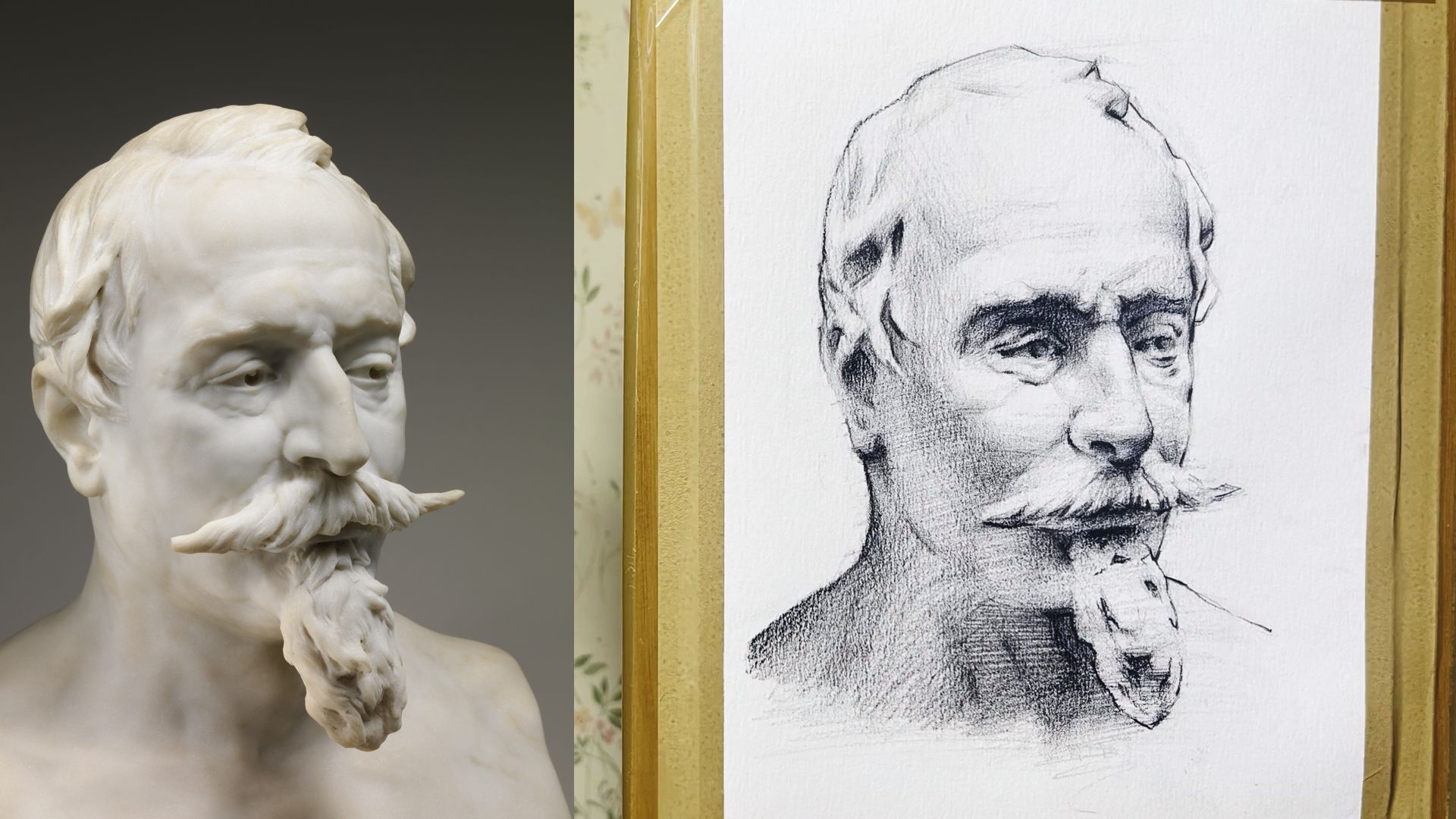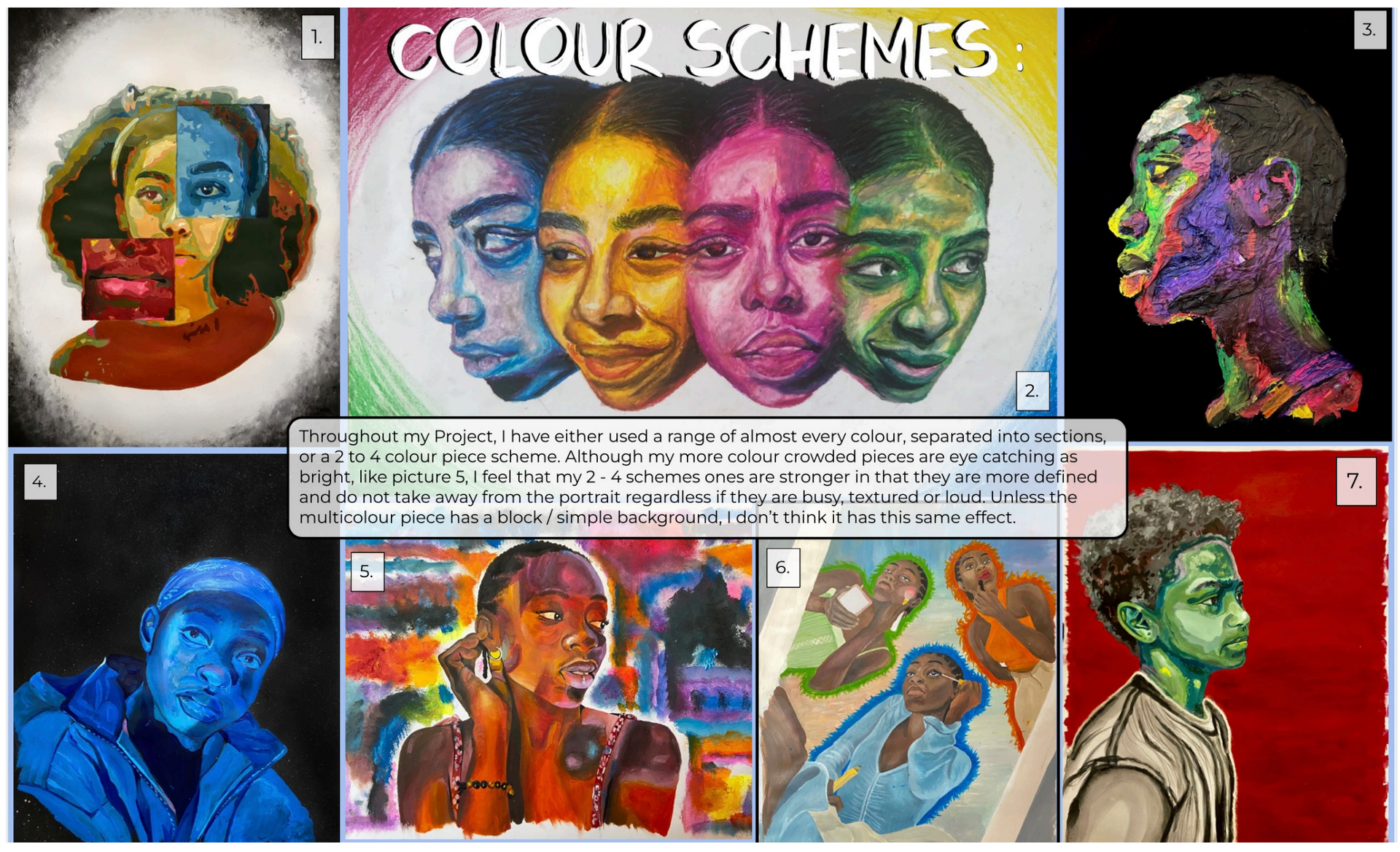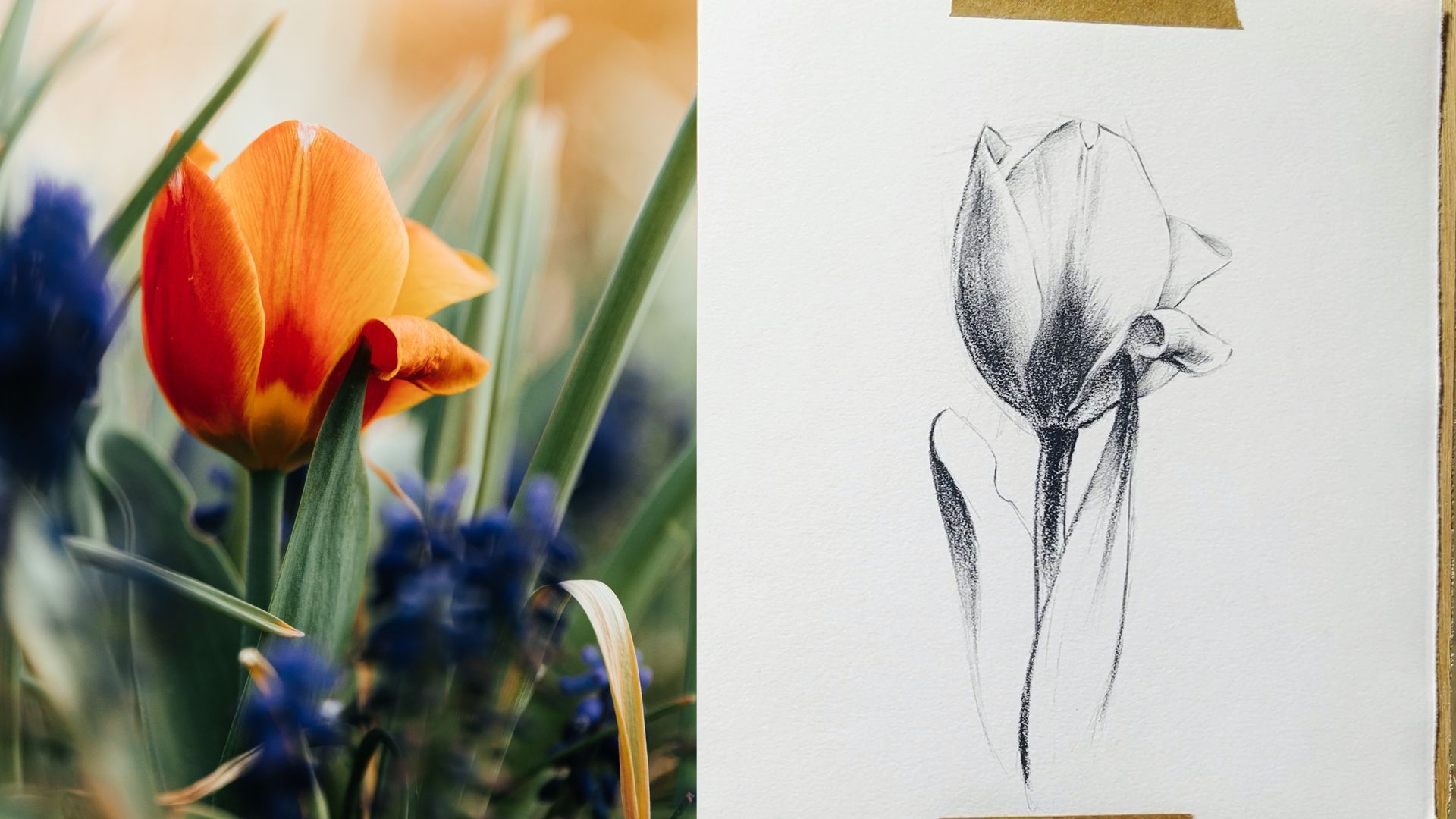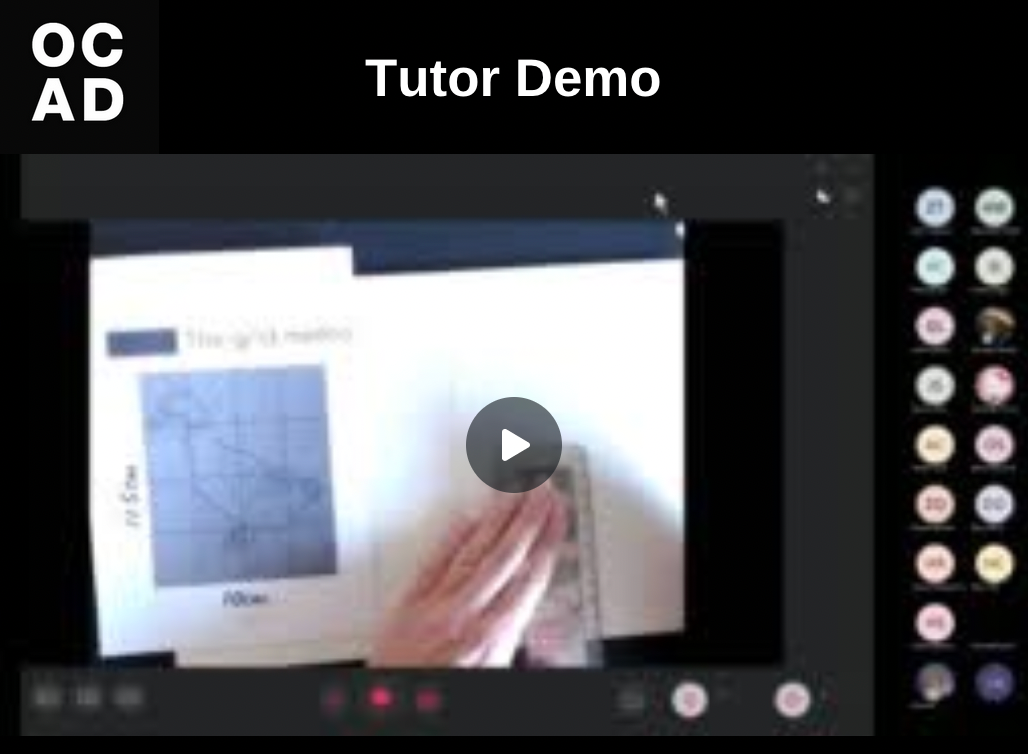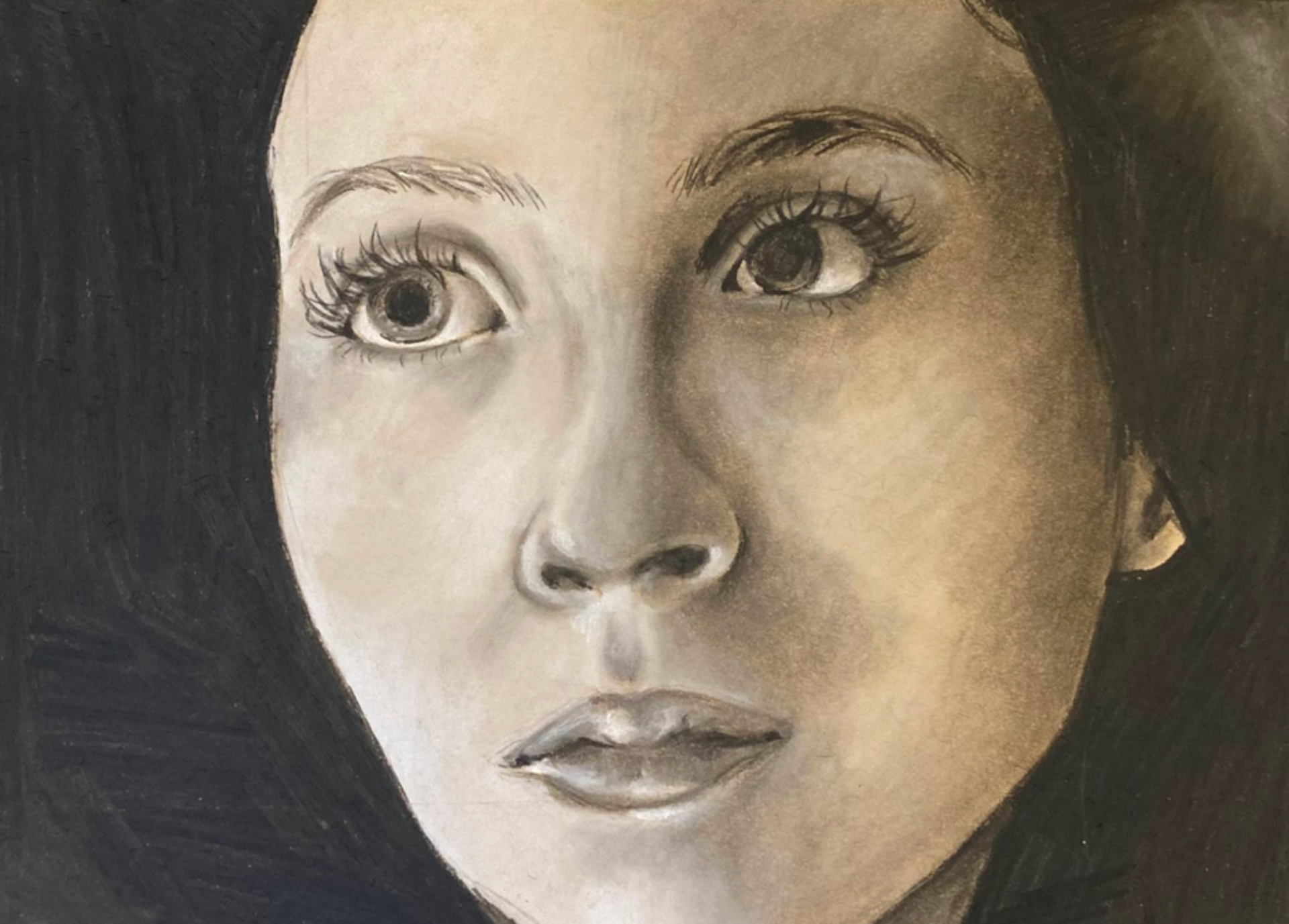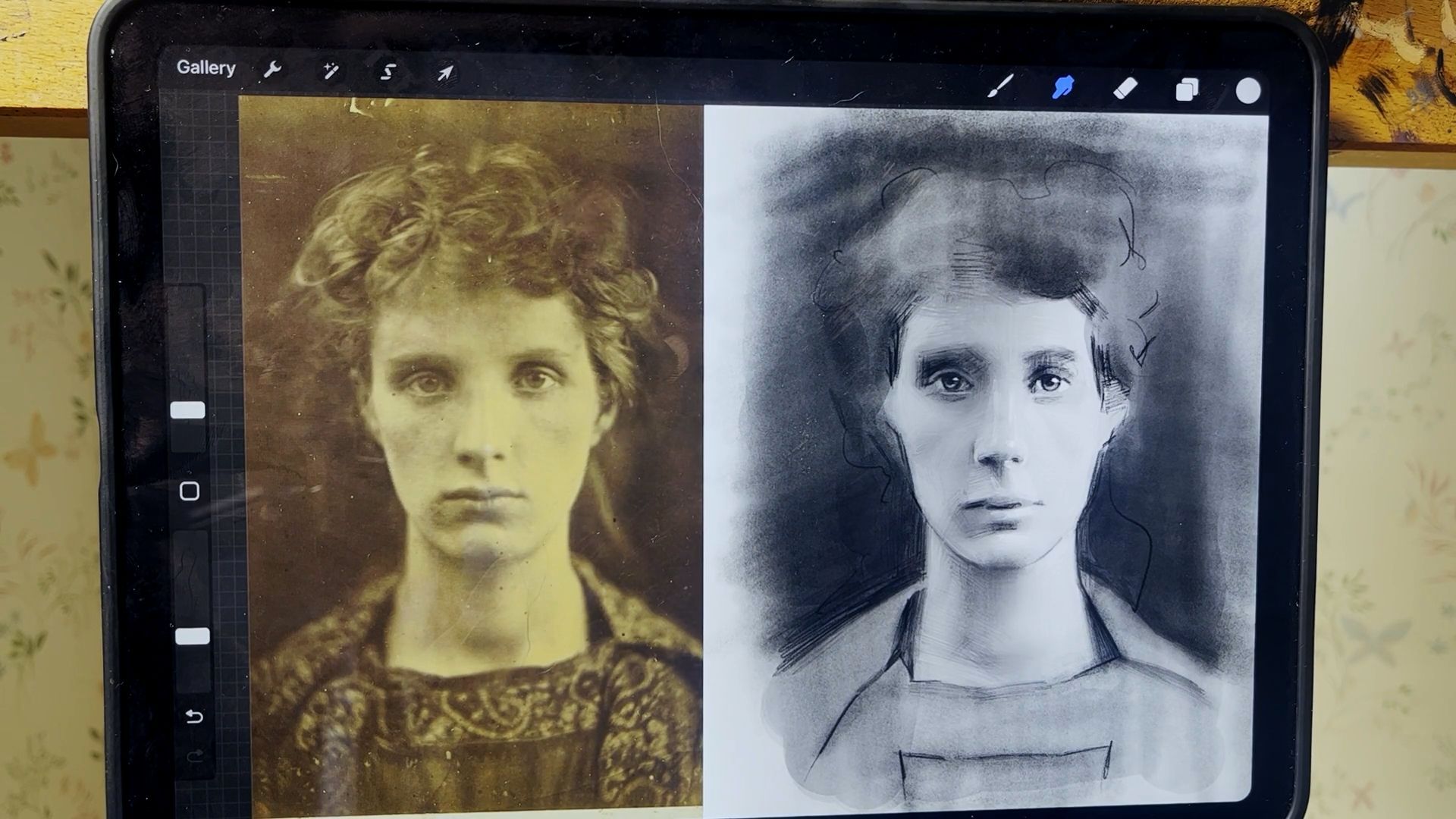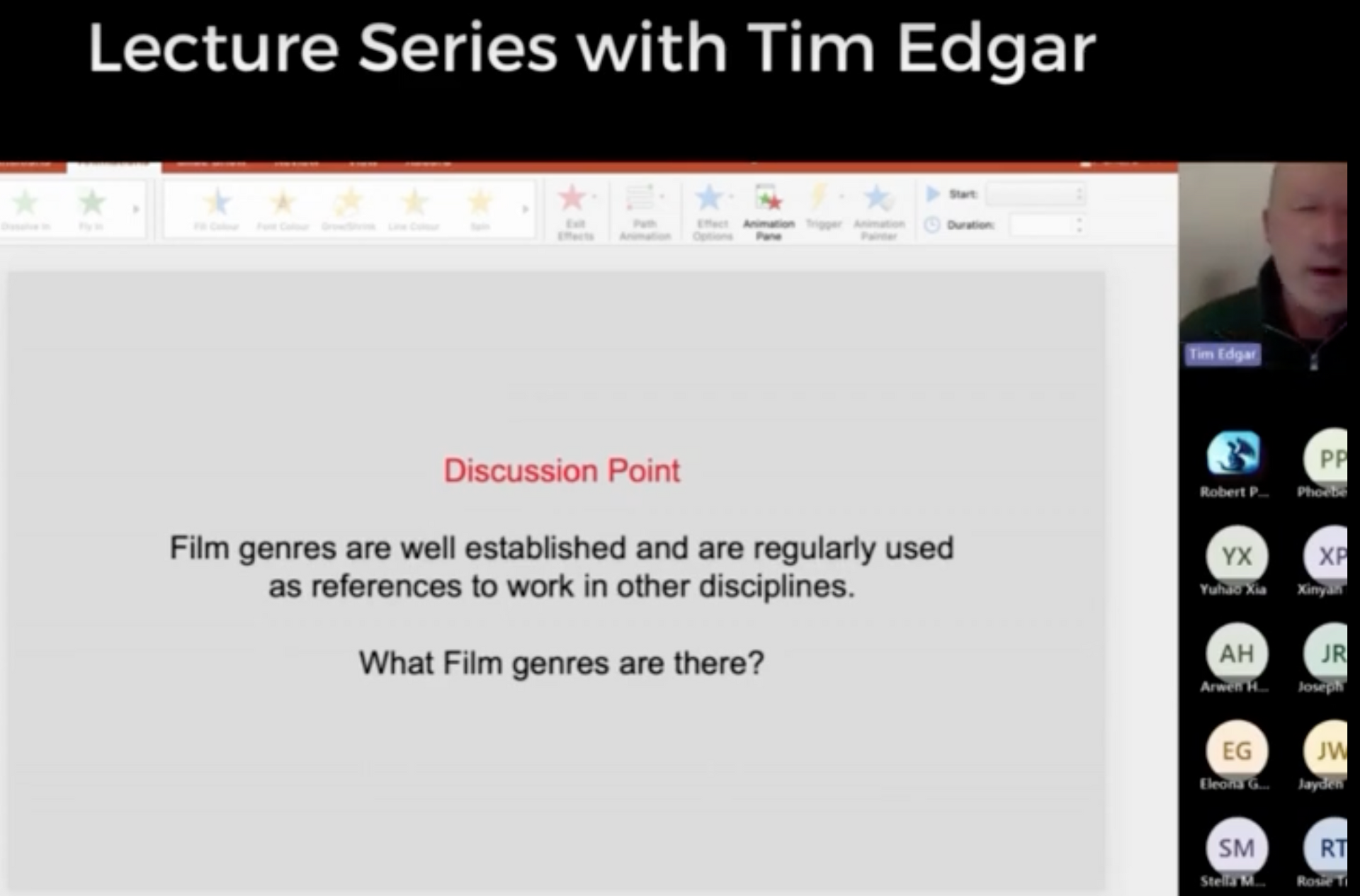How to Become an Art Therapist: A Step-by-Step Guide

Art therapy is a hugely rewarding career. As an art therapist, you’ll combine two of your biggest passions to help make a difference to people’s lives: creative art, and helping others.
Art therapists help patients process their thoughts and emotionally distressing issues through the medium of art. This mode of expression can include a variety of art forms, for example, painting, drawing, music creation, sculpting, and much more.
The increased demand for mental health support in recent years makes art therapy a great choice for anybody looking to pursue a career in this field.
But, how exactly do you become an art therapist?
In this guide, we’ll help you find out what it takes to get started in this career, including the qualifications, skills, and experience needed to become an art therapist. We also cover several FAQs about art therapy to help you learn more about this career path.
What exactly is an art therapist?
Art therapists use a range of artistic and creative techniques to help people explore and express their emotions.
Therapists will use their patient's creative work and creative process to uncover the underlying causes of mental health issues. By putting the power of expression in the patient's hands, art therapy has proven a great self-helping tool. The research shows that this method of therapy helps patients process difficult emotions for a number of reasons. Art therapy can help patients:
- Address difficult emotions and memories in a safe space, and through a safe and positive medium
- Engage in calming activities
- Use the imagination to connect with the inner child
- Express gratitude and positivity for the world around them
- Communicate thoughts that may otherwise be difficult to share verbally
Do I need a degree to be an art therapist?
Generally, yes. A degree is usually required to work as an art therapist, unless you take the apprenticeship route. The reason being is that you will need to study at postgraduate level in order to become a qualified art therapist. To study as a postgraduate, you must first complete an undergraduate degree.
The postgraduate course must be approved by the
Health and Care Professionals Council and will typically take 2 years.
Before pursuing a degree, you will typically need to have an existing qualification in a related field such as art, design, or a mental health subject. The specifics will depend on the particular course you wish to study.
If you are looking to take that next step before university, an
Art and Design Foundation Diploma is a great way to prepare for a degree and gain the necessary skills and qualifications to be eligible for university study.
There are some circumstances in which you can become an art therapist without a degree. For example, if you have a strong background in the arts, mental health or social services. This route would usually require you to have been working for a health institute such as the NHS and move into art therapy by means of promotion and internal training.
If you do not have a related degree, or even A-Levels, do not fear. There are still options to help you become an art therapist.
How can I get to university without a-levels?
If you want to become a qualified art therapist, then undergraduate study at university is essential. Getting into university without A-Levels is possible, so if your dream career requires a degree, don’t let a lack of A-Levels stop you.
University course entry requirements will differ from university to university. Some will state that A Levels are necessary, and some will be open to accepting students without A Levels. In either case, universities can often be flexible for students who have a strong background in art, or hold alternative qualifications such as a foundation diploma.
The good news is that at the Online College of Art and Design, we can help you to get to university with our
Online Level 3 Foundation Diploma in Art.
This course is designed to support learners who do not have traditional A-Level qualifications and it is widely recognised by UK universities as well as being regulated by Ofqual.
The foundation diploma takes between 8 – 12 months to complete and requires you to follow all the teaching plans and stick to all the deadlines set to get the qualification you need. When you have finished your course, you can then apply for your undergraduate degree and move ahead with securing your dream career.
Is the online level 3 foundation diploma right for me?
We know that life is busy and that many people have a lot of responsibilities that they need to follow – that’s why our course is 100% online and works to fit in with your busy schedule. If you have time to study but don’t want to travel and want to be able to access your teaching materials at any time of the day and night then an online course is a great choice!
The 3 steps you need to take
If you are keen to enjoy a career in art therapy then it’s time to stop thinking of it as something that is impossible to achieve. In fact, if you just follow these three simple steps then you will have managed it:
- Enrol on a Level 3 Foundation Diploma course and complete all the required work by the deadlines set.
- Use your foundation diploma as evidence that you are able to complete undergraduate study and have obtained the UCAS points needed to go to the university you choose. Then complete your degree!
- With your degree completed, you can then apply for art therapy jobs that appeal to you – sealing your fate in the career that you have worked hard to get to.
Where do art therapists work?
Becoming an Art Therapist can open the door to a wide variety of working environments. There’s certainly something to meet everyone’s interest. Here are the most common places you’d find an art therapist, although the options are endless:
- Hospitals
- Mental Health Units
- Care Homes
- Prisons
- Schools
- Rehabilitation Centres
How much do art therapists earn?
Once you’ve completed your recognised postgraduate training and enter the world as a working Art Therapist, you can expect to earn between £33,000-£45,000 a year. Of course, if you decide to work privately your earning potential is unlimited.
FAQs
Is art therapy a good career?
Art Therapy is a great career for those looking to help people in need through artistic expression.
If you have a passion for helping people and enjoy being creative, art therapy is perfect for you!
Where can I train to become an art therapist?
To become a recognised Art Therapist you must study an approved course. The Health and Care Professionals Council provides a list of approved courses and Universities for studying art therapy.
How long does it take to become an art therapist?
Postgraduate art therapy courses typically take 2 years when studied full-time whilst part-time courses will take 3 years to complete.
Start your career in art therapy with a foundation diploma
Art therapy is a fantastic career choice for anybody with a creative flare and passion for helping others. There are several qualifications you’ll need to get there. At the Online College of Art and Design, we can help you get started with our Online Foundation Diploma in Art and Design.
This course is studied entirely online, and gears you up towards university study. Find out more about the course, or
get in touch with us to learn more about what’s involved.
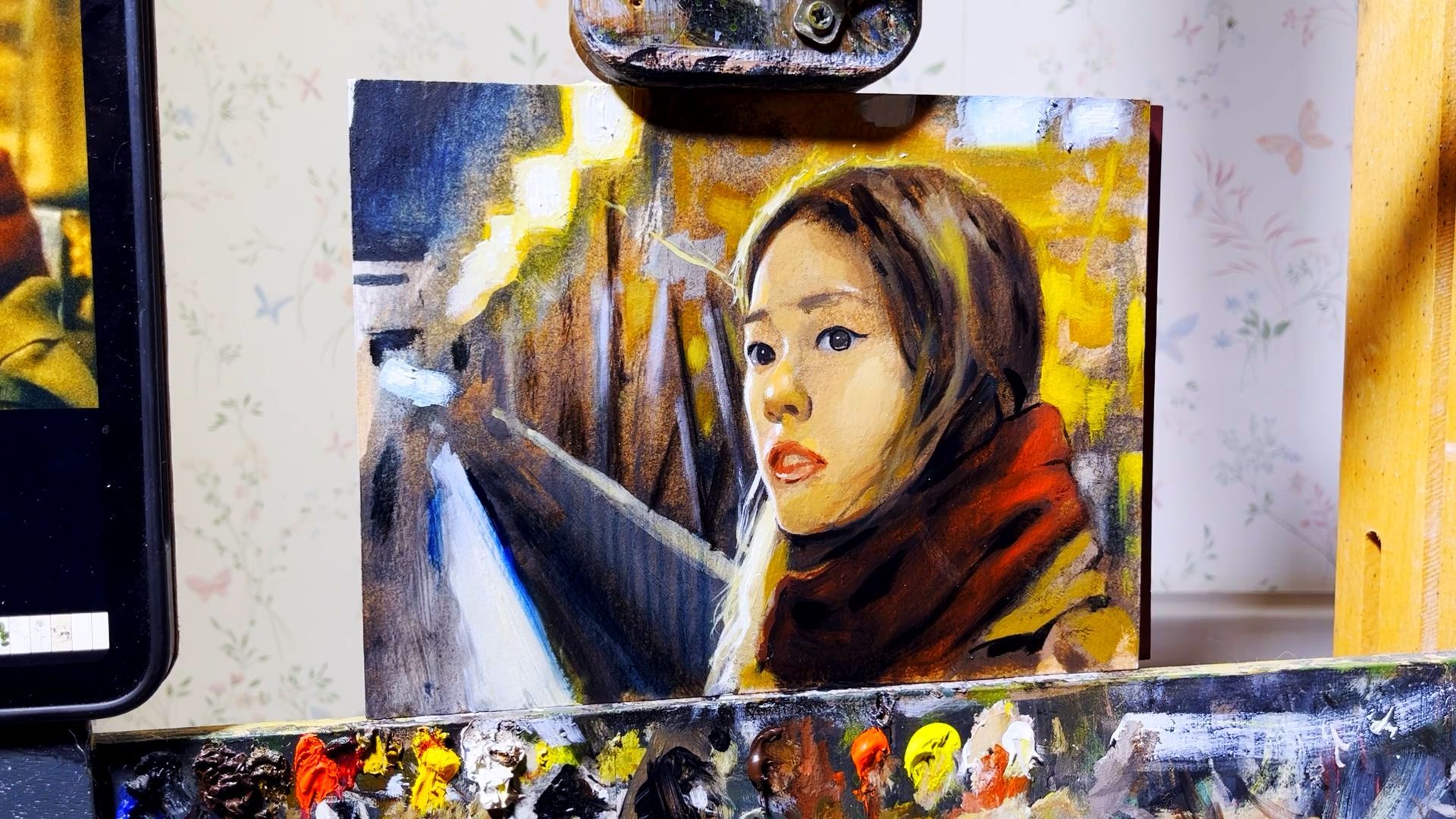
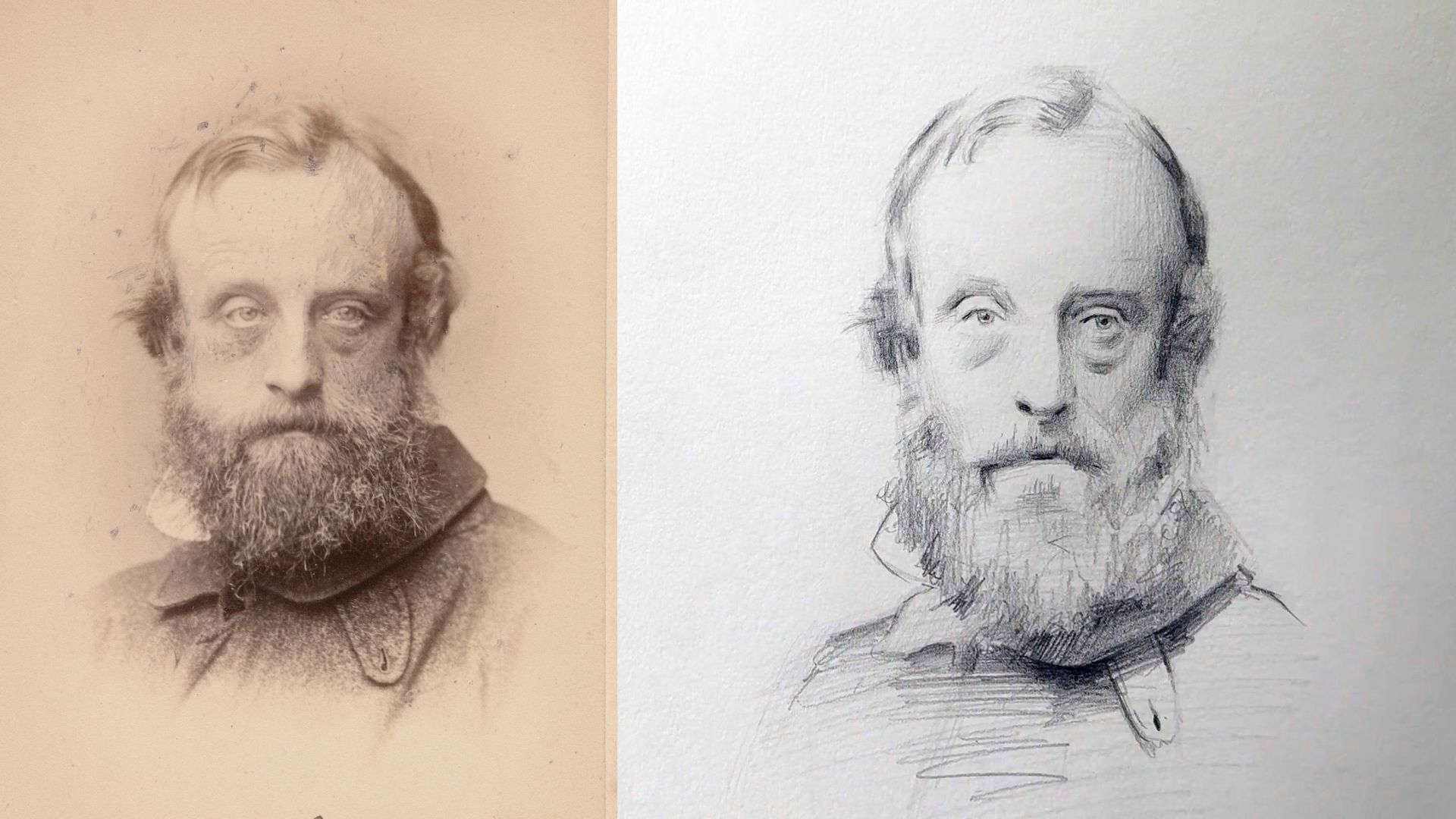
OCAD is part of the Cambridge Online Education Group - Company number 06594953
Registered UK Learning Provider 10033485
Cambridge Online Education Ltd

